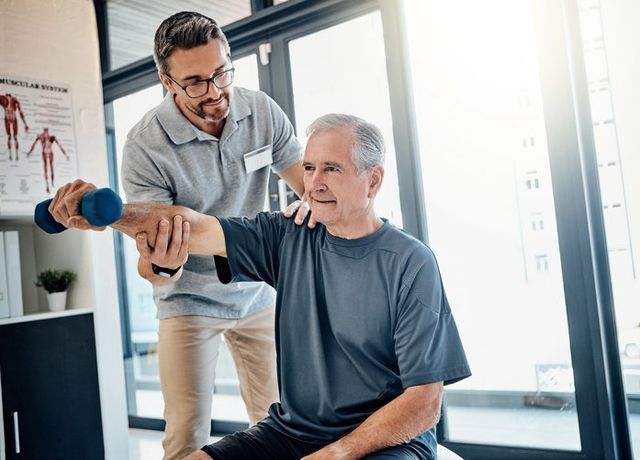Monthly Archives: May 2020
Ligaments and Tendons
Posted on May 13, 2020 by admin
Tendons and ligaments are fibrous bands of connective tissue that help stabilize body structures and facilitate body movements. The main difference between tendons and ligaments is that they connect different parts of the anatomy. Tendons connect muscles to bones, while ligaments connect bones to other bones.
Ligaments and tendons are made of 2 types of protein fibers: collagen and elastin. Collagen fibers have a small deformation range and high strength. Since collagen has such a high strength, they require more force to break down. Contrarily, elastin fibers have a large deformation range with low strength, meaning they are very weak and can break more easily. Ligaments such as the neck and wrists have more motion and movement because they consist of more elastin and less collagen.
Ligaments and Tendon Injury:
Repetitive motions with inadequate recovery periods are the cause of occupational ligament and tendon injuries due to the constant loading and unloading of force with no rest. Loading is the process of physical stresses acting on the body or on anatomical structures within the body.
A ligament injury occurs during the chronic process of loading and unloading, the tissue becomes longer and more fragile and eventually a small amount of force can easily fracture. In addition, cumulative loading can result in a decrease in bone density which increases the vulnerability of a ligament or tendon getting injured. An example of constant loading is by having improper posture for long periods of time which eventually leads to lower back injury.
Stages of Ligament Healing:
- Acute inflammatory phase – The first stage consists of the formation of blood clot within the damaged region.
- Proliferative phase – New blood vessels are formed while fibroblasts are recruited from circulation to produce new collagen.
- Tissue remodeling phase – The third stage starts after 3 weeks of the injury occurrence. During the wound healing process, there is a progressive maturation of collagen fibers in response to loads experienced by the ligaments. If force is applied in the wrong direction, there can be permanent damage of the ligaments.
Resistance Training
Posted on May 7, 2020 by admin
Resistance training, also known as strength training, is a form of exercise that improves muscular strength and endurance. During a resistance training workout, you move your limbs against resistance provided by your body weight, gravity, bands, weighted bars or dumbbells. Resistance training is recommended to be exercised 2 times in a week. Exercises should be individualized depending on the individual’s knowledge on how to do specific exercises. Kinesiologists specialize in designing exercise programs for patients that need help overcoming chronic injuries and pain.

Types of Resistance Training:
- Calisthenics – Consists of a variety of movements that exercise large muscle groups, including push ups, sit ups, and running
- Weights – Strength training tools such as free weights, machines, kettle-bells, cables/pulleys
Benefits of Resistance Training:
Resistance training can increase tensile strength of connective tissues – helping to strengthen tendons, muscle, and ligaments. It allows tissue to generate more tension and which makes them more resistant to injury. Strength exercises can contribute to optimal performance in daily activities, as it improves posture, encourages weight loss and maintenance, and lowers injury risk. Strength training also reduces the need to do more cardiovascular activities because it helps control blood sugar.
This type of training can also be extremely beneficial for older adults because it improves mobility and functional independence. Implementing resistance training in your physical activity can help in the long run by delaying bone diseases such as osteoporosis – a condition where bones lose their mineral content/bone density and become more vulnerable to fracture. Bone density is improved when stress is put on bones by doing resistance exercises.
Guidelines for Resistance Training:
- Do exercises that involve all major muscle groups (chest, shoulders, back, hips, abdomen, arms)
- To improve good posture, select exercises that strengthen the trunk (abdomen)
- Never lift heavy weights alone (have a spotter)
- Warm up prior to high intensity exercises
- Use proper lifting techniques to prevent musculoskeletal injuries
- Exercise larger muscle groups before smaller ones (Ex. exercise legs before arms)